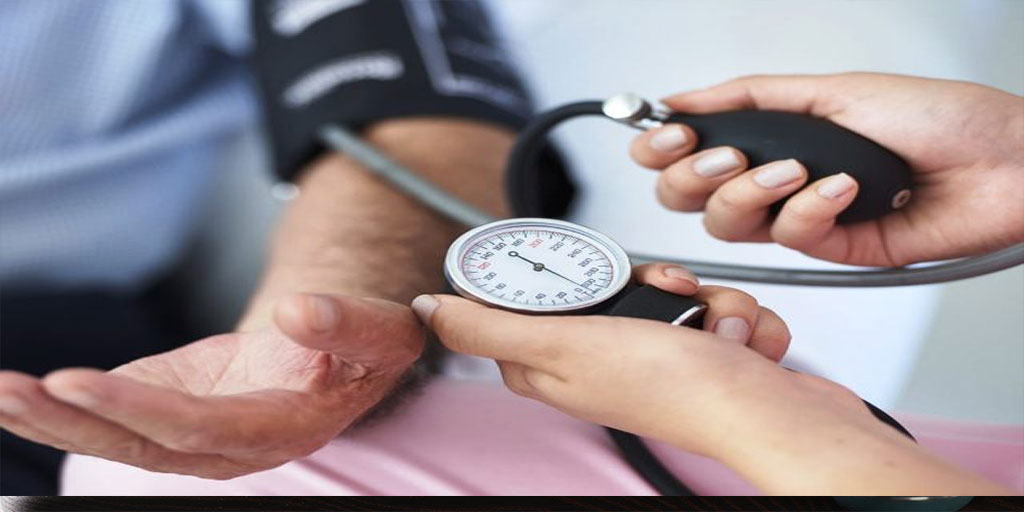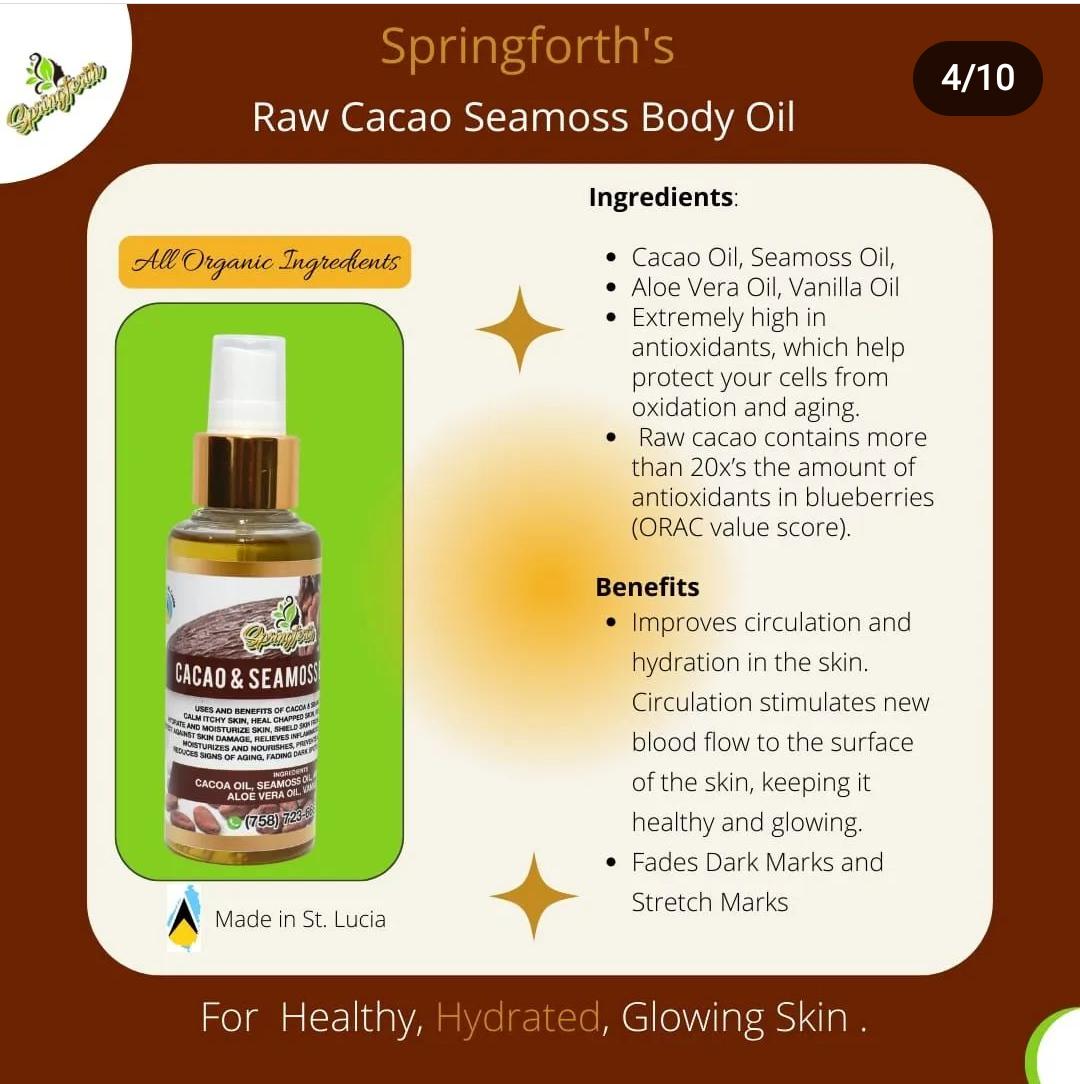

28th June 2020
How to increase low blood pressure
The goal in testing for low blood pressure is to find the underlying cause. Besides taking your medical history, doing a physical exam and measuring your blood pressure, your doctor might recommend the following:
- Blood tests. These can provide information about your overall health as well as whether you have low blood sugar (hypoglycemia), high blood sugar (hyperglycemia or diabetes) or a low red blood cell count (anemia), all of which can cause lower than normal blood pressure.
- Electrocardiogram (ECG). During this painless, noninvasive test, soft, sticky patches (electrodes) are attached to the skin of your chest, arms and legs. The patches detect your heart's electrical signals while a machine records them on graph paper or displays them on a screen.
An ECG, which can be performed in your doctor's office, detects irregularities in your heart rhythm, structural abnormalities in your heart, and problems with the supply of blood and oxygen to your heart muscle. It can also tell if you're having a heart attack or have had one in the past.
Heart rhythm abnormalities come and go, and an ECG might not find them. You might be asked to wear a 24-hour Holter monitor to record your heart's electrical activity as you go about your daily routine.
- Echocardiogram. This noninvasive exam, which includes an ultrasound of your chest, shows detailed images of your heart's structure and function.Ultrasound waves are transmitted, and their echoes are recorded with a device called a transducer, which is held outside your body. A computer uses the information from the transducer to create moving images on a video monitor.
- Stress test. Some heart problems that can cause low blood pressure are easier to diagnose when your heart is working harder than when it's at rest. During a stress test, you'll walk on a treadmill or do some other form of exercise. You might be given medication to make your heart work harder if you're unable to exercise.When your heart is working harder, your heart will be monitored with electrocardiography or echocardiography. Your blood pressure also may be monitored.
- Valsalva maneuver. This noninvasive test checks the functioning of your autonomic nervous system by analyzing your heart rate and blood pressure after several cycles of a type of deep breathing: You take a deep breath and then force the air out through your lips, as if you're trying to inflate a balloon.
- Tilt table test. If you have low blood pressure on standing, or from faulty brain signals (neurally mediated hypotension), a tilt table test can evaluate how your body reacts to changes in position.During the test, you lie on a table that's tilted to raise the upper part of your body, which simulates the movement from horizontal to a standing position.
-
Treatment
-
Support stockings
Low blood pressure that either doesn't cause signs or symptoms or causes only mild symptoms rarely requires treatment.
If you have symptoms, treatment depends on the underlying cause. For instance, when low blood pressure is caused by medications, treatment usually involves changing or stopping the medication or lowering the dose.
If it's not clear what's causing low blood pressure or no treatment exists, the goal is to raise your blood pressure and reduce signs and symptoms. Depending on your age, health and the type of low blood pressure you have, you can do this in several ways:
-
- Use more salt. Experts usually recommend limiting salt in your diet because sodium can raise blood pressure, sometimes dramatically. For people with low blood pressure, that can be a good thing.But because excess sodium can lead to heart failure, especially in older adults, it's important to check with your doctor before increasing the salt in your diet.
- Drink more water. Fluids increase blood volume and help prevent dehydration, both of which are important in treating hypotension.
- Wear compression stockings. The elastic stockings commonly used to relieve the pain and swelling of varicose veins can help reduce the pooling of blood in your legs.
- Medications. Several medications can be used to treat low blood pressure that occurs when you stand up (orthostatic hypotension). For example, the drug fludrocortisone, which boosts your blood volume, is often used to treat this form of low blood pressure.
Doctors often use the drug midodrine (Orvaten) to raise standing blood pressure levels in people with chronic orthostatic hypotension. It works by restricting the ability of your blood vessels to expand, which raises blood pressure.
-
-
Lifestyle and home remedies
Depending on the reason for your low blood pressure, you might be able to reduce or prevent symptoms.
-
- Drink more water, less alcohol. Alcohol is dehydrating and can lower blood pressure, even if you drink in moderation. Water, on the other hand, combats dehydration and increases blood volume.
- Eat a healthy diet. Get all the nutrients you need for good health by focusing on a variety of foods, including whole grains, fruits, vegetables, and lean chicken and fish.If your doctor suggests using more salt but you don't like a lot of salt on your food, try using natural soy sauce or adding dry soup mixes to dips and dressings.
- Pay attention to your body positions. Gently move from a prone or squatting to a standing position. Don't sit with your legs crossed.
Before arising in the morning, breathe deeply for a few minutes and then slowly sit up before standing. Sleeping with the head of your bed slightly elevated also can help fight the effects of gravity.
If you begin to get symptoms while standing, cross your thighs in a scissors fashion and squeeze, or put one foot on a ledge or chair and lean as far forward as possible. These maneuvers encourage blood flow from your legs to your heart.
- Eat small, low-carb meals. To help prevent blood pressure from dropping sharply after meals, eat small portions several times a day and limit high-carbohydrate foods such as potatoes, rice, pasta and bread.Your doctor also might recommend drinking caffeinated coffee or tea with meals to temporarily raise blood pressure. But because caffeine can cause other problems, check with your doctor before drinking more caffeinated beverages.
Preparing for your appointment
No special preparations are necessary to have your blood pressure checked. Don't stop taking medications you think might affect your blood pressure without your doctor's advice.
Here's some information to help you get ready for your appointment.
What you can do
Make a list of:
- Your symptoms, including any that seem unrelated to low blood pressure, and when they occur
- Key personal information, including a family history of low blood pressure and major stresses or recent life changes
- All medications, vitamins or other supplements you take, including doses
- Questions to ask your doctor
For low blood pressure, basic questions to ask your doctor include:
- What is likely causing my symptoms or condition?
- What are other possible causes for my symptoms or condition?
- What tests will I need?
- What's the most appropriate treatment?
- How often should I be screened for low blood pressure?
- I have other health conditions. How can I best manage them together?
- Are there restrictions I need to follow?
- Should I see a specialist?
- Are there brochures or other printed materials I can have? What websites do you recommend?
Don't hesitate to ask other questions.
What to expect from your doctor
Your doctor is likely to ask you questions, including:
- Have your symptoms been continuous or occasional?
- How severe are your symptoms?
- What, if anything, seems to improve your symptoms?
- What, if anything, appears to worsen your symptoms?
- Do you have a family history of heart disease?
- [apss_share]
-
[DISPLAY_ULTIMATE_SOCIAL_ICONS]
TO RECEIVE NEWS NOTIFICATIONS VIA WHATS APP PLEASE SAVE OUR NUMBER AND SEND US A MESSAGE AT 7584896261 AND WE WILL ADD YOU TO OUR LIST



